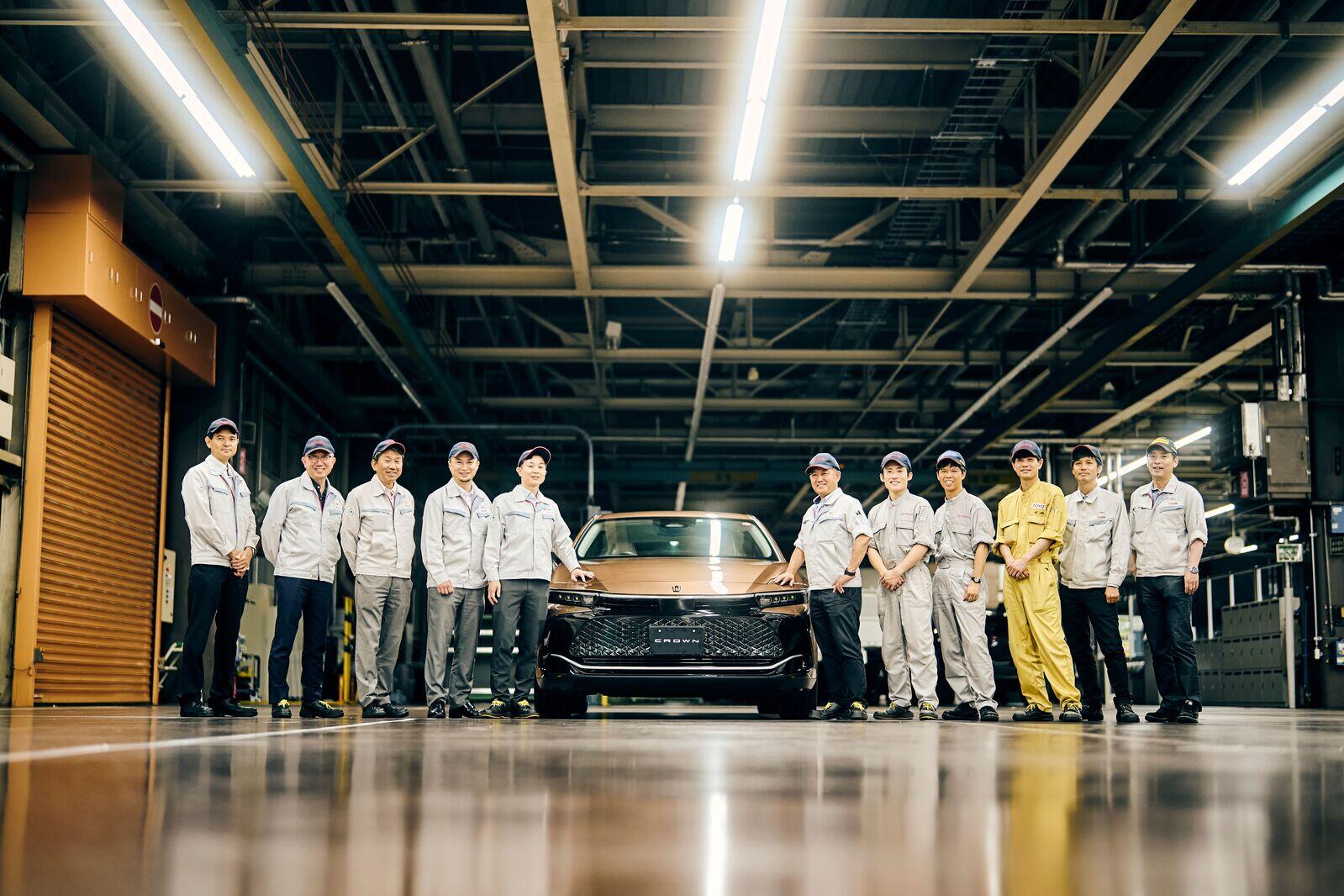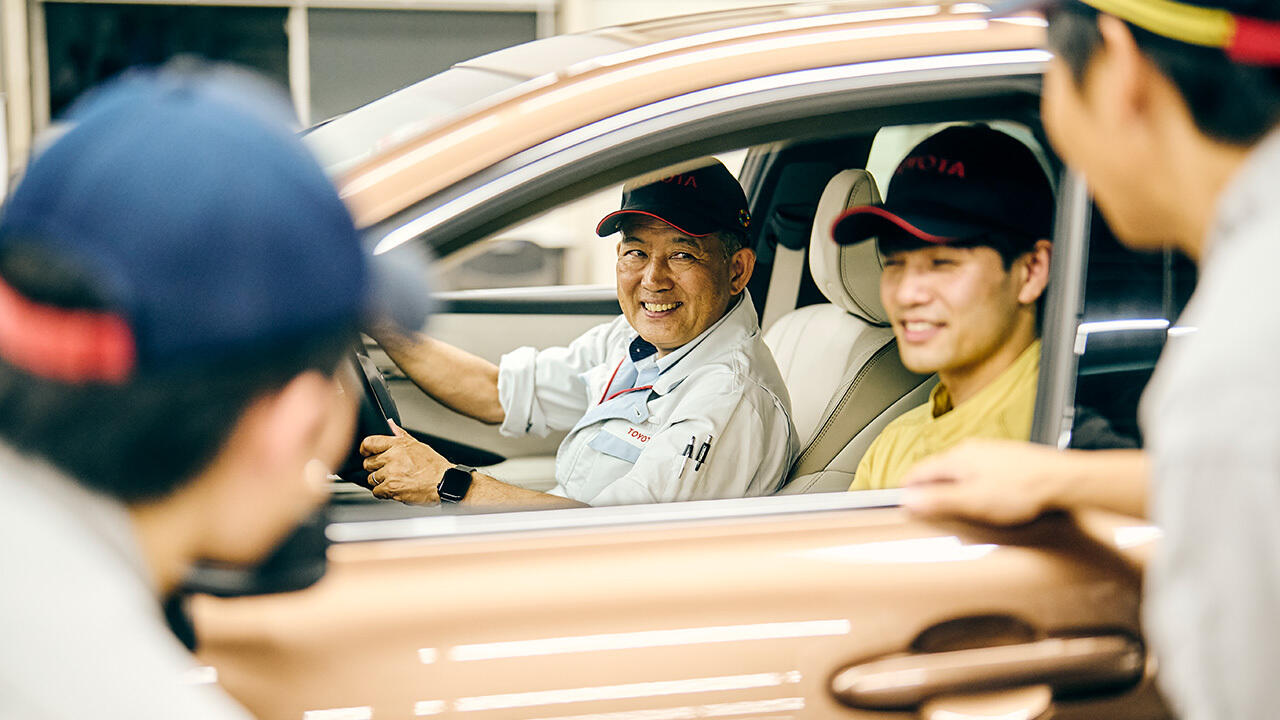
The latest Crown offers four different body variations. To uncover the story of their development, we went inside the genba behind Toyota's unique driving feel.
A car that won’t drive straight
One issue was the Crossover’s aerodynamics, stemming from its signature sleek styling. MS Product Planning engineer Takanori Tawada explains.
Tawada
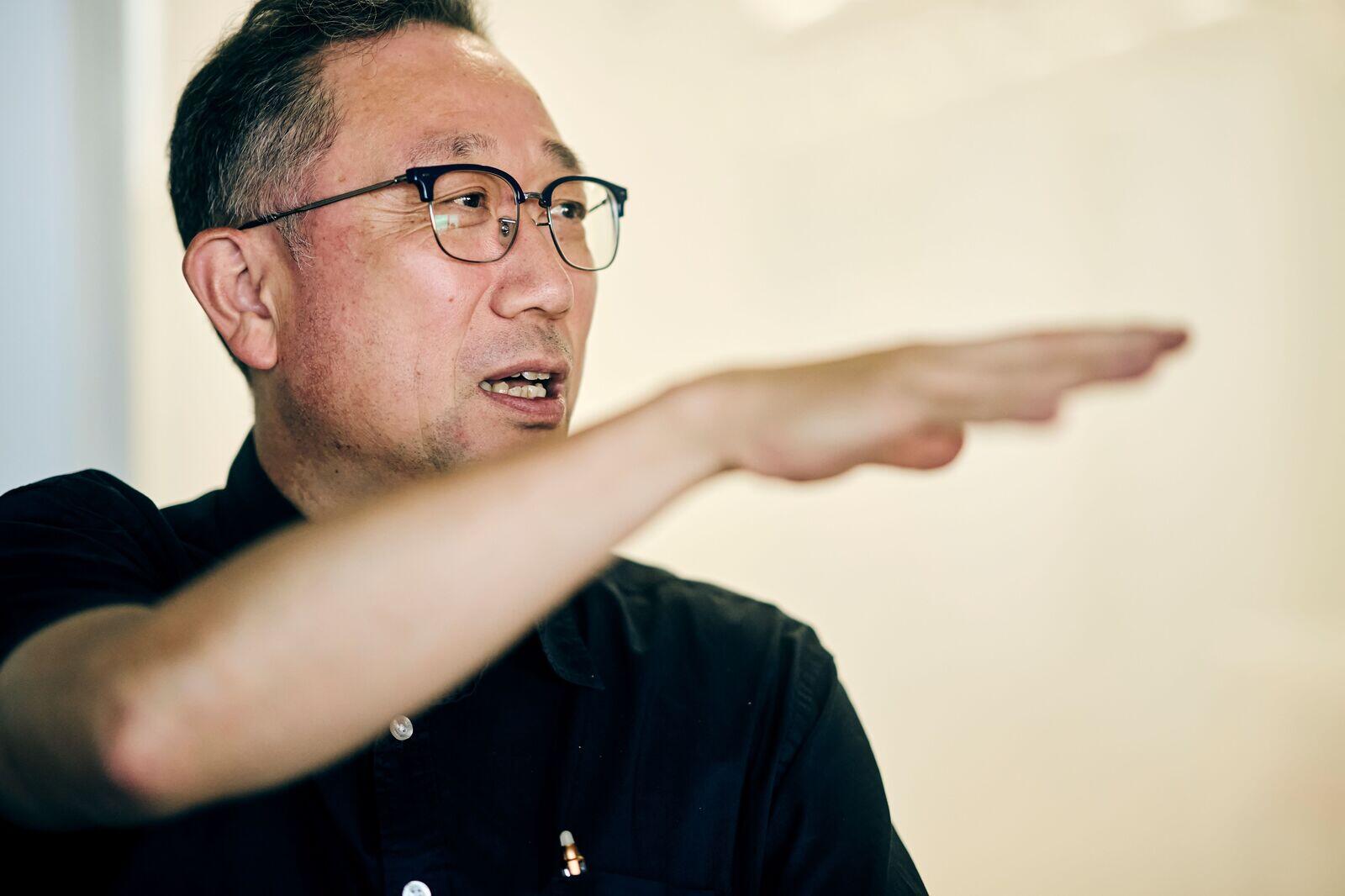
The schedule didn’t allow us to wait for the Crossover body to be completed before setting up the suspension.
For the rear section of the preliminary development vehicle, we therefore recreated the Crossover body shape precisely with foam material and then conducted the driving tests.
Afterward, the test drivers pointed out that the lack of rear downforce made the car behave like it was floating.
Atsushi Nishino (Vehicle Engineering Development Division) took the wheel as the lead test driver for the Crossover model. He recounts his impressions of the preliminary development vehicle.
Nishino
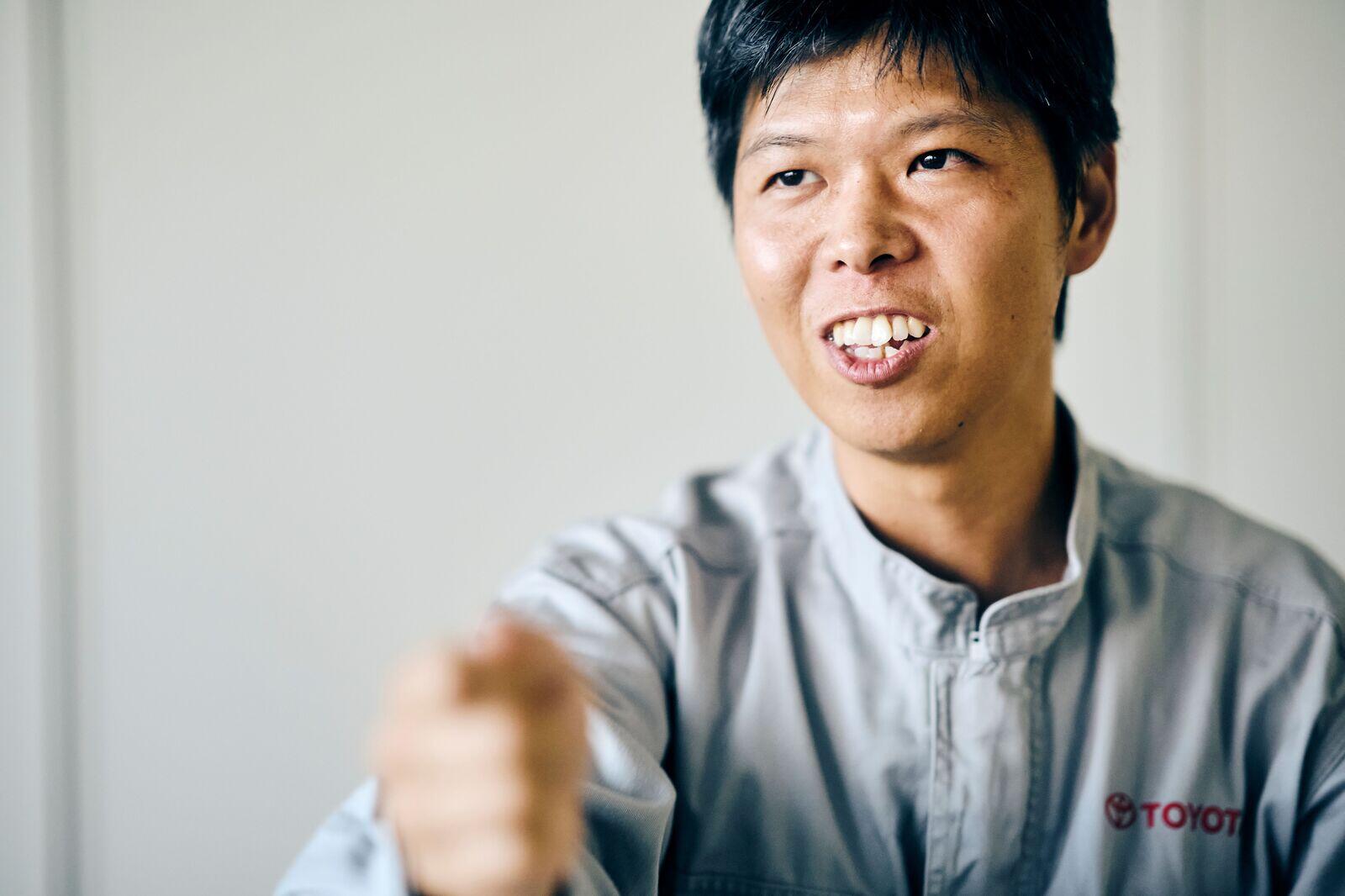
From low speeds of about 20 to 30 km/h, it felt like the rear wasn’t making proper contact with the ground. As you sped up, the rear would also start pitching (moving up and down) in relation to the front. Katayama also observed that it wouldn’t drive in a straight line.
The typical solution would be to stabilize the movement with extra downforce by either mounting a rear spoiler or shaping the body’s back end to resemble one. However, the team wanted to preserve the Crossover’s beautiful design. To get around that, they decided to add downforce-generating items beneath the vehicle’s floor.
Washboard-like air flow panels and fins were installed on the development car’s underbody. After some four months of testing and improvements, the team was able to stabilize the Crossover’s driving.
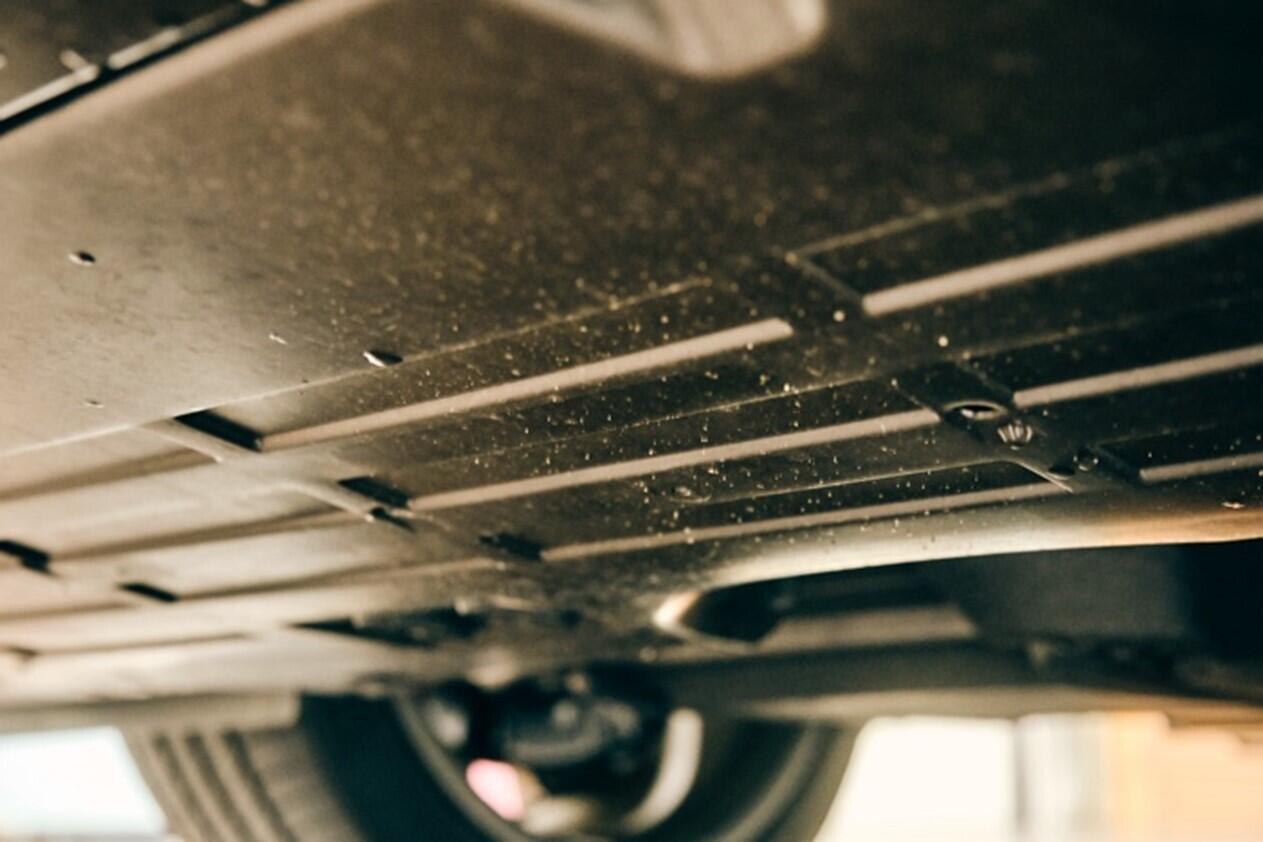
As test driver Katayama tells, pursuing handling stability through such aerodynamic items contributed greatly to achieving Crownness.
Generally, to stabilize the body, you need to shift toward harder suspension.
By doing that, however, we would not be able to achieve the kind of ride comfort and quality unique to the Crown. On the other hand, ensuring stability with aerodynamic items allows us to set the suspension more toward comfort.
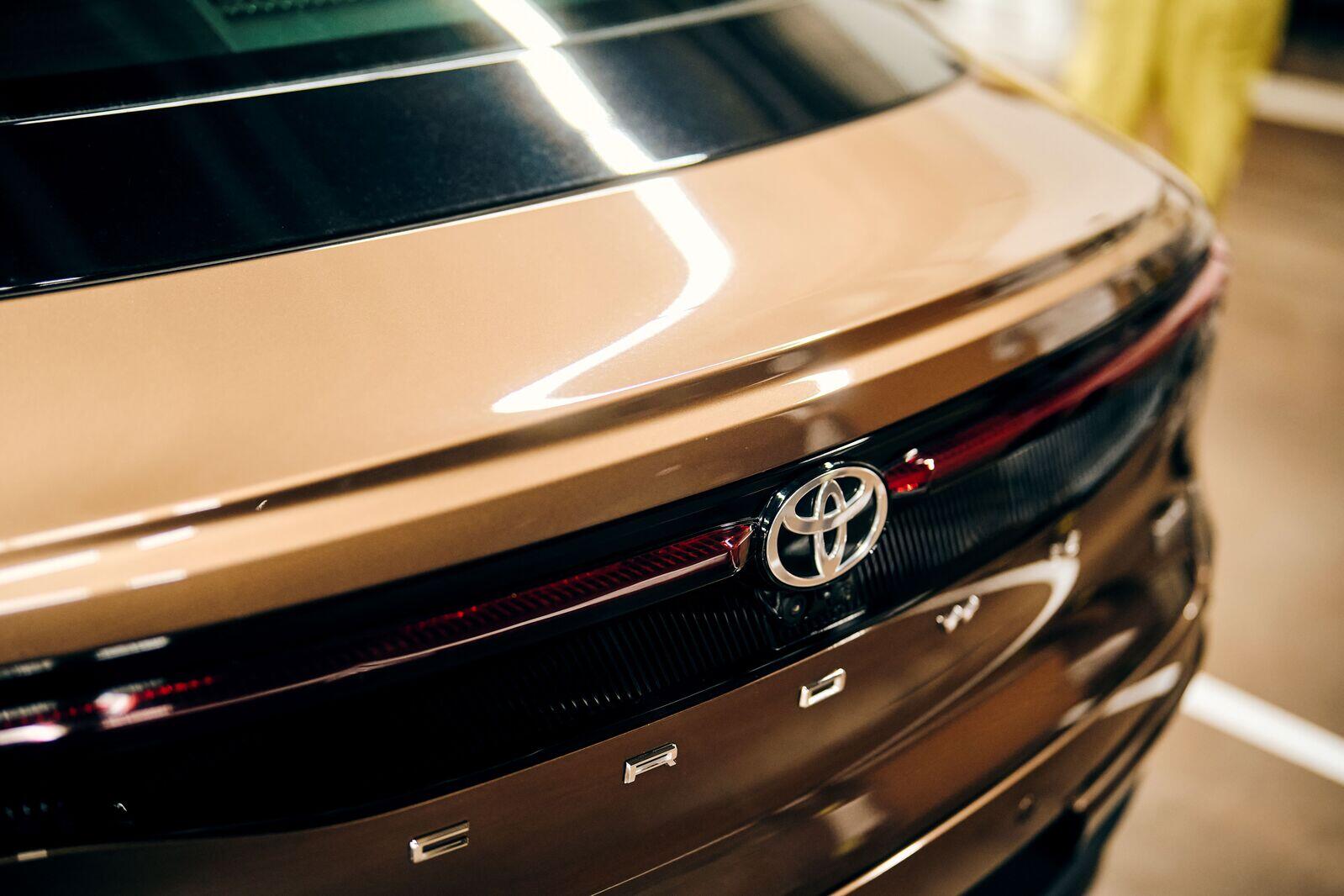
Natural is best
According to Katayama, another crucial role in realizing the Crossover’s Crownness was played by DRS (Dynamic Rear Steering), Toyota’s electronic rear-wheel steering system.
In the lower speed range up to 60 km/h, the rear wheels countersteer in relation to the front, improving maneuverability and responsiveness; above 60 km/h, they turn in the same direction, providing greater stability.
DRS allows for softer suspension that gives the Crown its signature ride comfort, while also providing outstanding maneuverability and responsiveness at lower speeds and stable driving in the higher range by reducing body sway, such as when changing lanes.
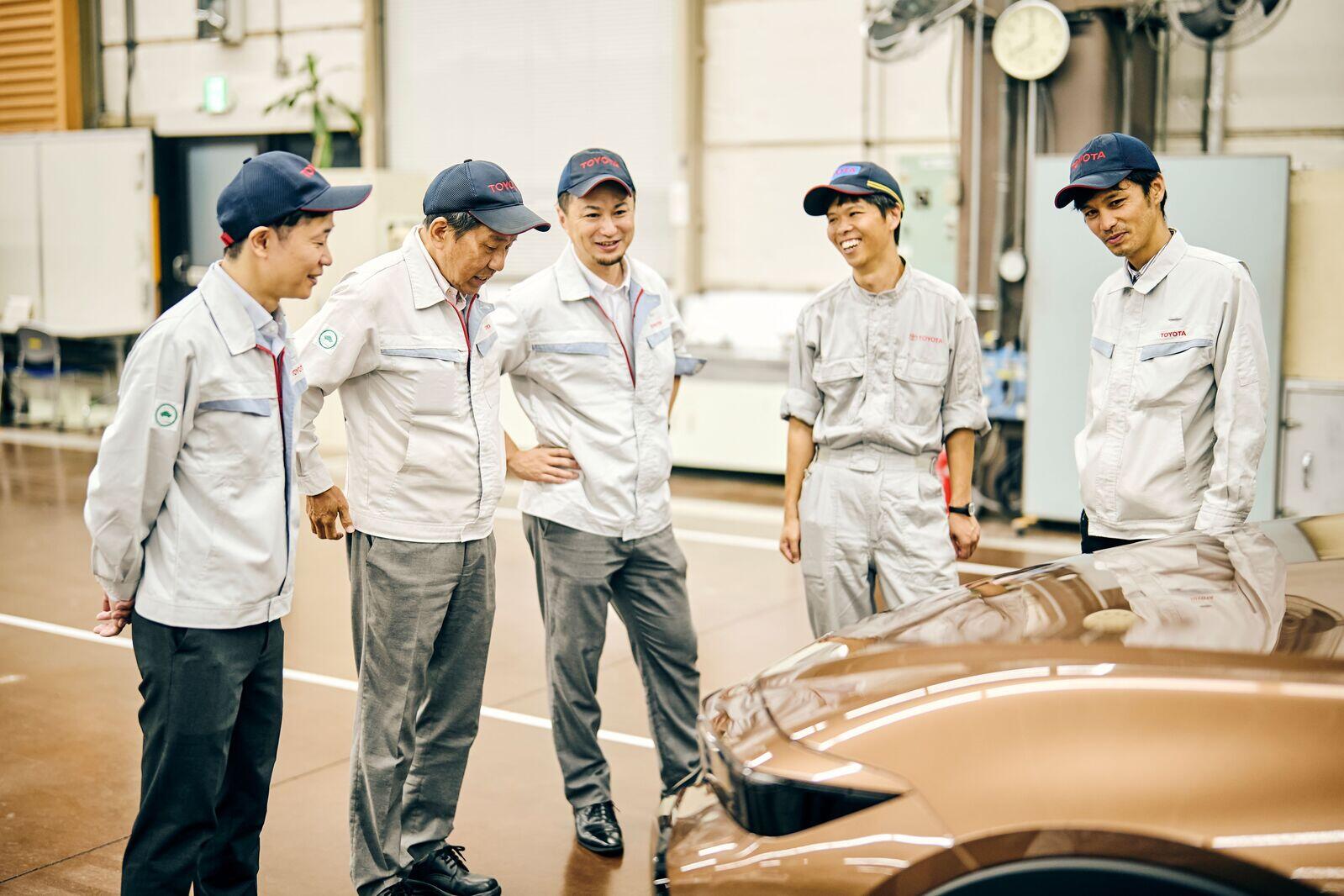
To achieve the high-quality ride and handling stability of previous FR sedans, the Crossover also employed electronic controls.
Takaaki Okabe, an engineer in the MS Platform Development Division, has worked exclusively on chassis design since joining Toyota. He explained the Crossover’s electric power steering (EPS).
Okabe
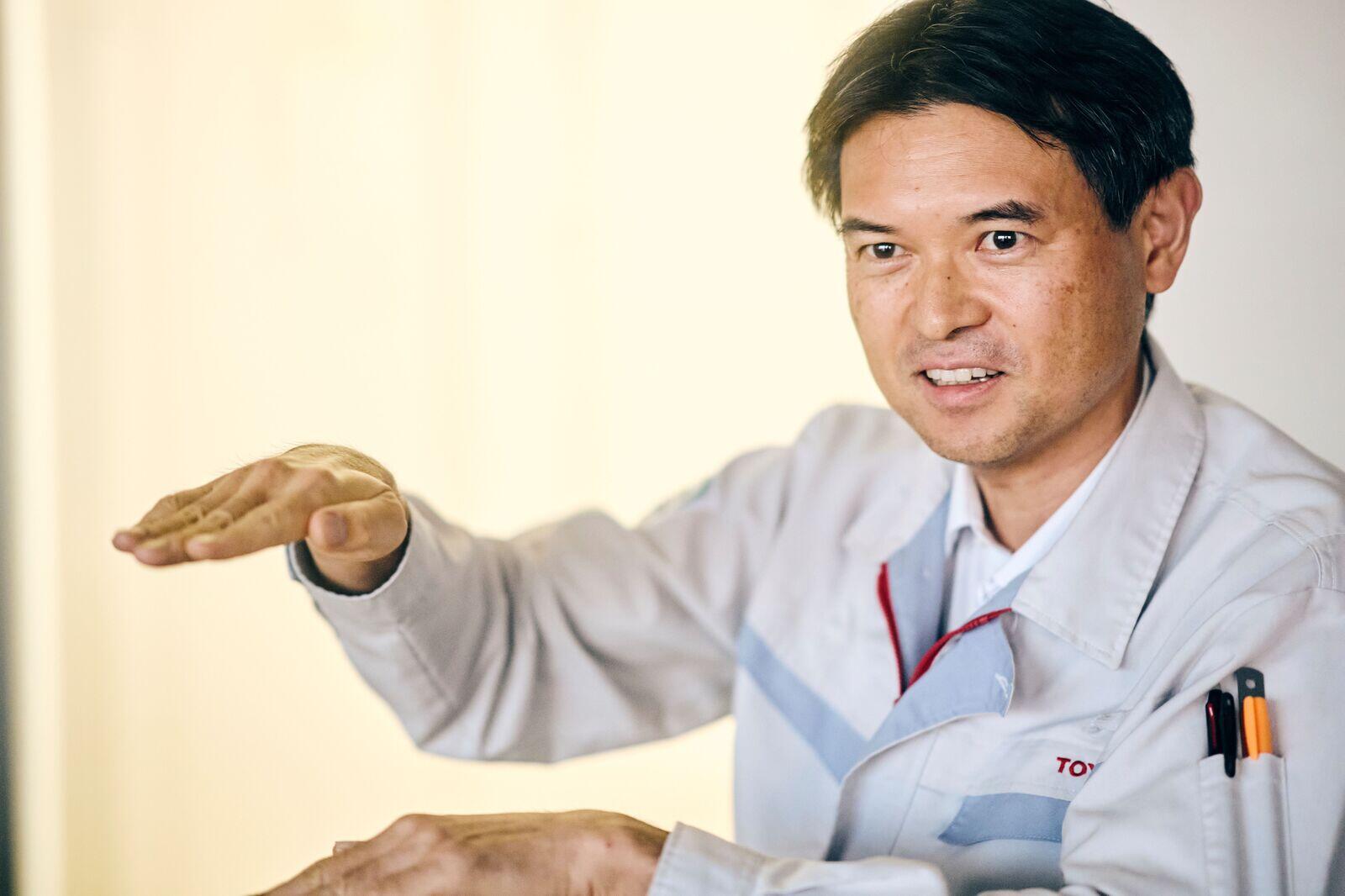
Although the Crossover sits between a sedan and an SUV, to achieve the responsiveness of past Crowns, we used essentially the same EPS hardware as a sedan, with a quicker steering gear ratio than a typical SUV.
Normally, setting the EPS up for quicker turning would tend to create instability in a car with the Crossover’s raised profile. With softer suspension intended to ensure a high-quality, comfortable ride, the Crown was especially sensitive to such movements.
This meant that, unless they were perfectly tuned, electronic control systems such as the DRS and EPS would result in a ride that didn’t feel quite right.
Katayama
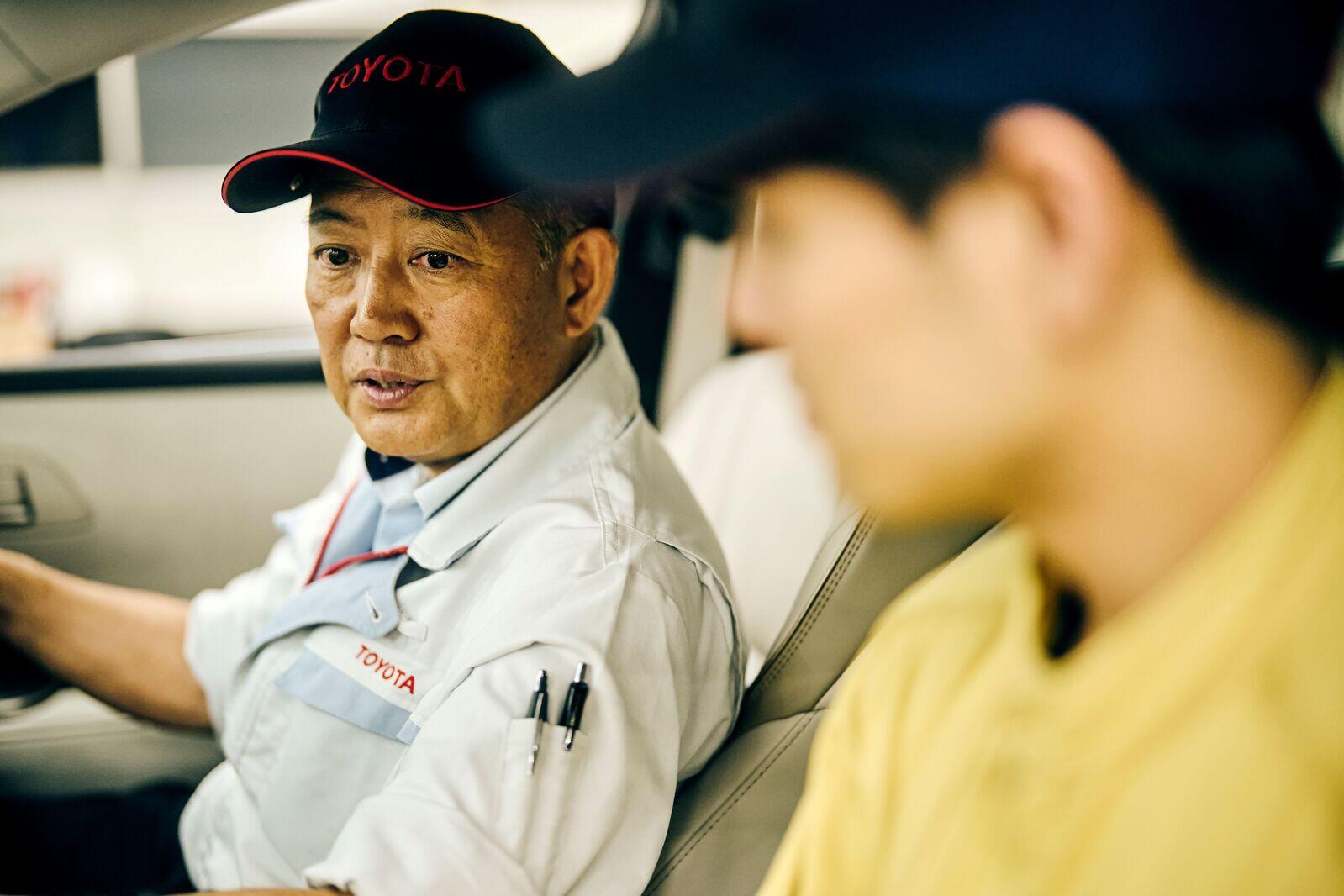
While this goes for all Toyota cars, the experience absolutely must feel right for drivers and passengers alike. Above all, we were determined to achieve a natural ride in which the presence of electronic control systems could not be felt.
Each such system—DRS, EPS, and AVS—has its own tuning staff, with whom Katayama and the other test drivers worked closely, striving for the best possible onboard experience.
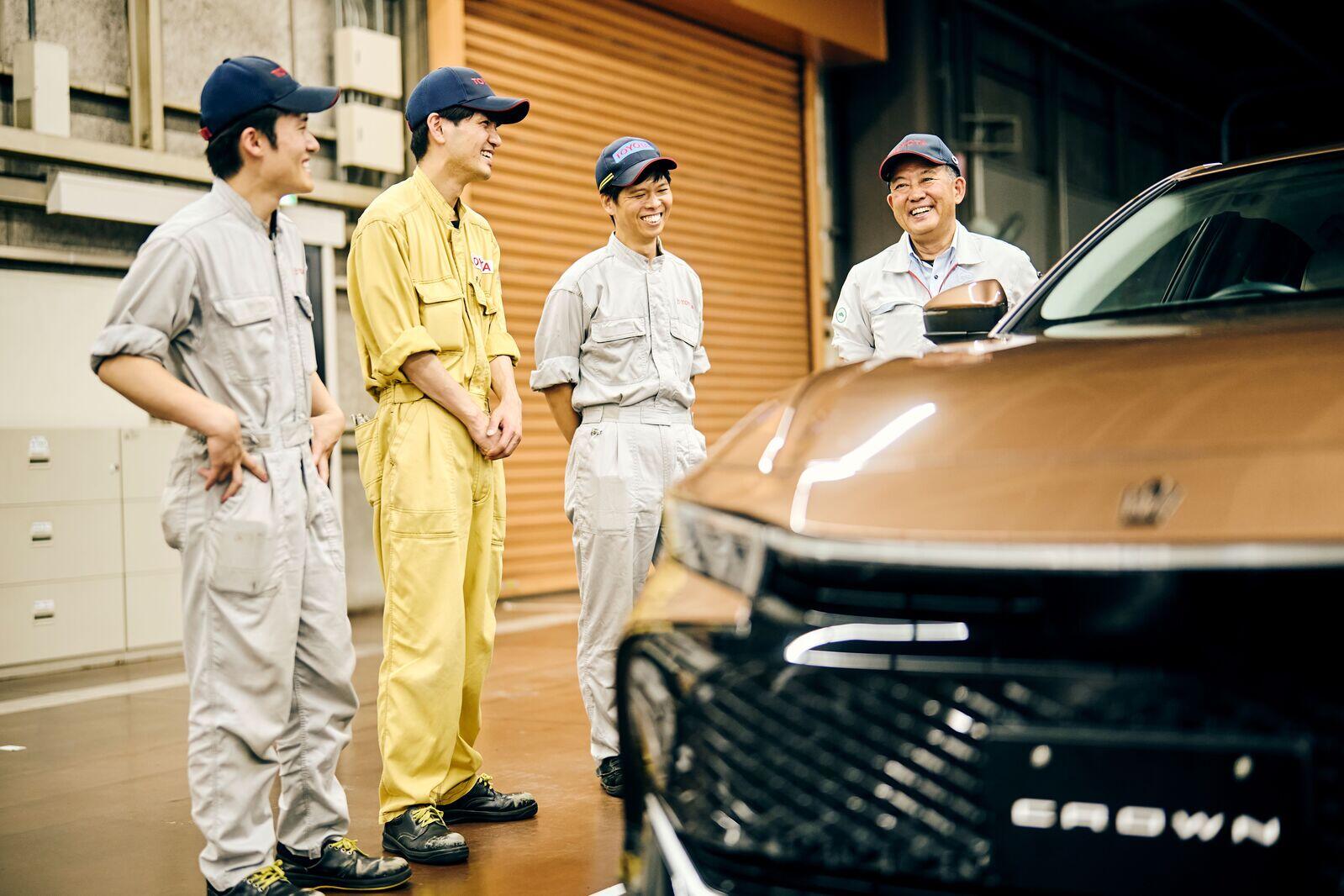
Usually, tuning is done in order, from AVS to DRS and EPS, with each adjusted according to the previous control settings.
This time, however, we would thoroughly redo the previous step whenever the controls felt off in some way, returning to the AVS after the DRS or going back again to the DRS after tuning the EPS. I believe this extra time and effort spent on calibration resulted in a better car.
A Crown from the moment you step on the pedal
Through this process, the development team achieved outstanding responsiveness and handling stability while delivering a ride comfort befitting the Crown. Even so, Katayama says he was not fully satisfied that they had accomplished true Crown quality.
I wanted to do more to improve how it felt from zero to around 20 km/h, which is a key aspect of the Crown.
For example, when driving on a surface like cracked asphalt, you could sense very slight vibrations through the steering wheel and seats, and I felt we needed to find a way of addressing that.
Katayama emphasizes that he wanted to ensure a smooth ride that only the Crown can deliver from the moment the driver steps on the pedal.
Katayama
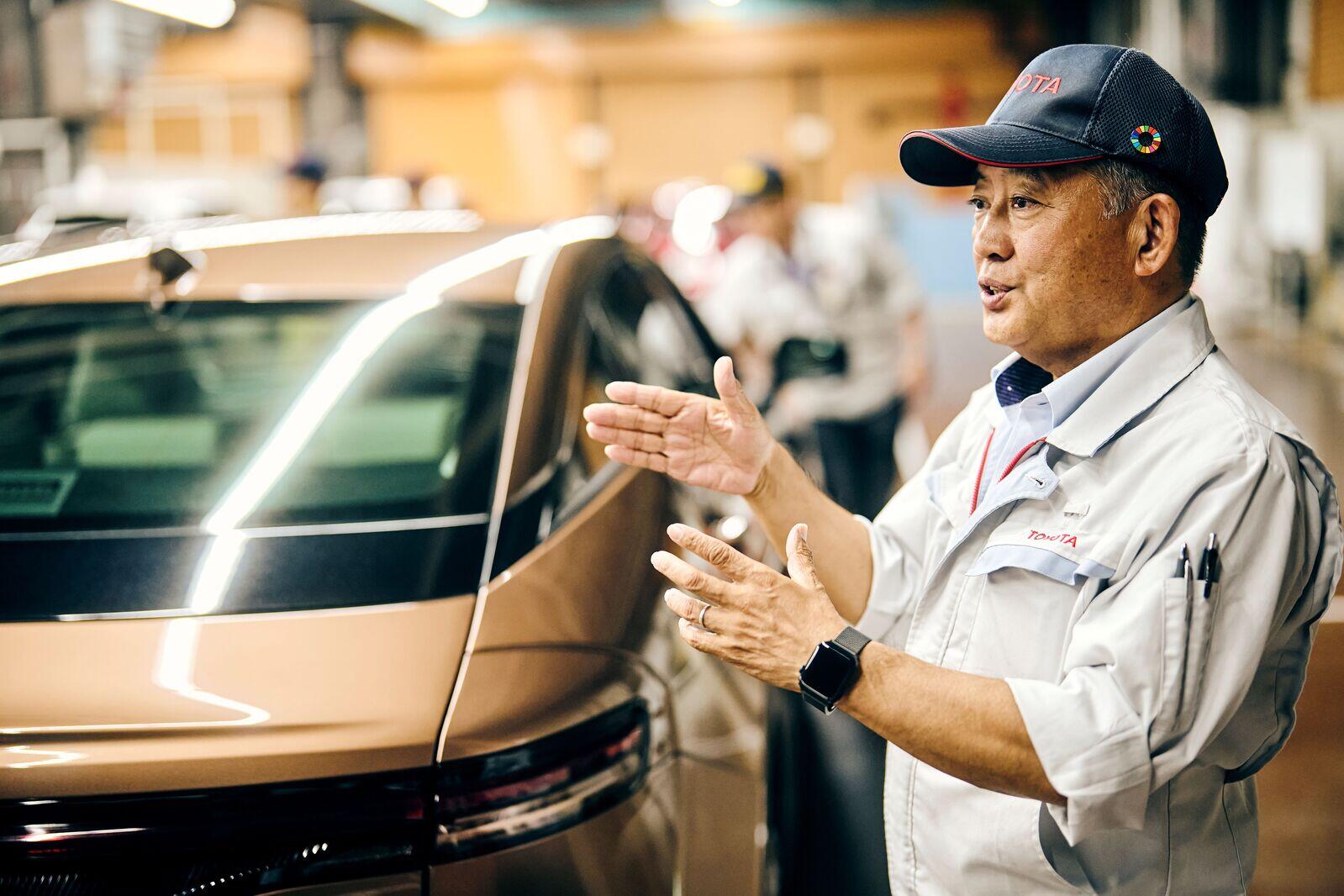
From past experience, we found that the quality of those starting moments can be improved by, for example, dampening the suspension springs or stabilizers with rubber, which suppresses subtle vibrations in the underbody.
The question was, how do we achieve this in a vehicle intended for mass production? We posed this problem to Hayakawa and the chassis design team.
Katayama was referring to Tatsuya Hayakawa, an engineer with the MS Platform Development Division. Having worked on suspension design from day one at Toyota, Hayakawa has been involved in the Crown project since the previous generation.
Hayakawa
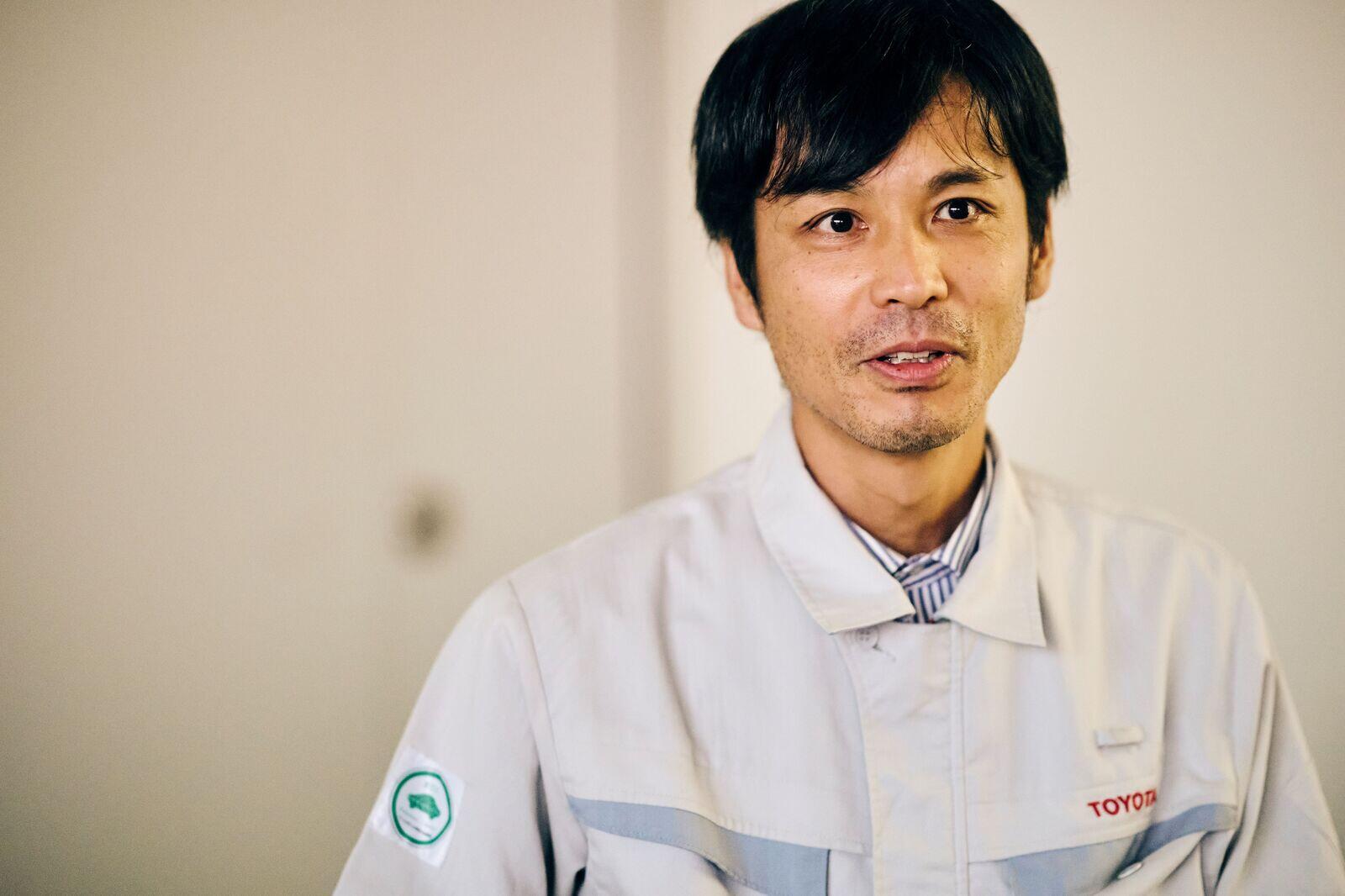
After coming up with and exploring various ideas, we settled on wrapping the springs in plastic tubing. On the other hand, the production process made this option unfeasible for parts like the stabilizers and suspension arms. There was much head-scratching about how to achieve the same effect, but we ultimately decided to increase the thickness of the coating.
These efforts proved successful, raising the quality of the take-off to the desired level. With that, the hard work of Toyota’s test drivers and engineers gave the Crossover a driving feel that would become the basis for the new Crown series.
Next time, we look at how the Crown Sport got its drive. Even in a sports model, certain aspects of the Crown are not open to compromise.
